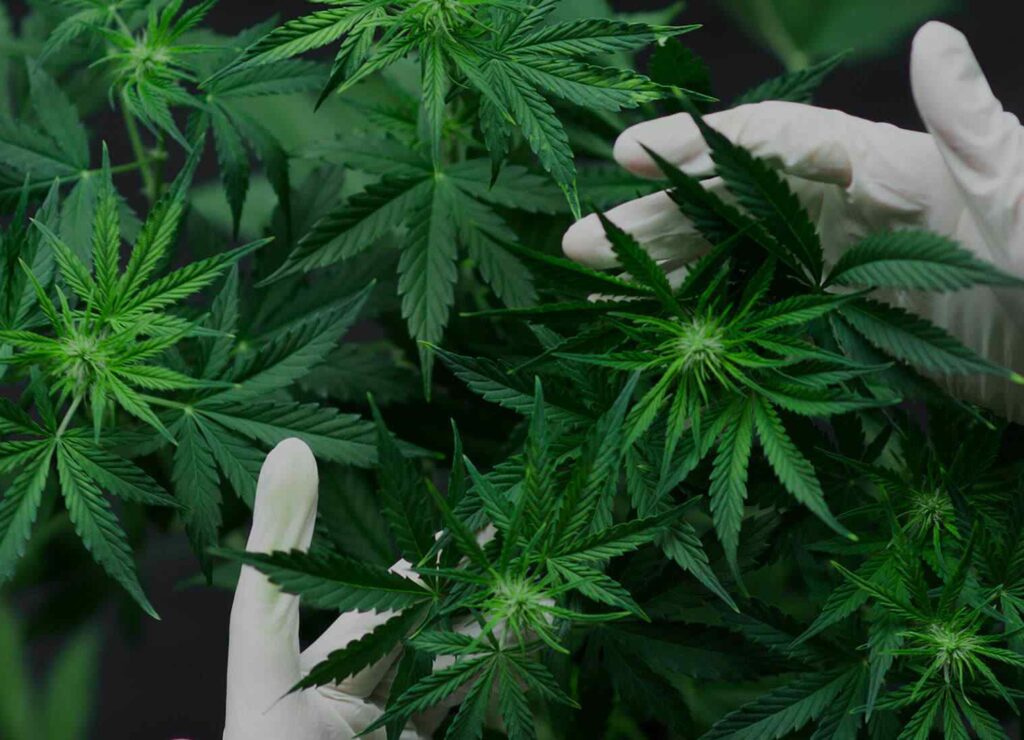Dense with numbers, warnings, and initialisms, cannabis labels can be a lot
At first glance, you’ll probably recognize the brand and strain name, but what about all that other stuff? Well, that’s where this guide comes in. It’ll help you understand the elements that appear on the label of any legal cannabis product, whether it’s one of ours, or another Licensed Producer’s.
Varietals: Indica-Dominant vs Sativa-Dominant vs Hybrid
While we have our own system for helping you navigate the universe of different highs out there, the Coles Notes go like this: Cannabis is usually classified into two distinct types: Cannabis indica and Cannabis sativa. Taxonomists have been debating the distinctions between the two for a couple of centuries, but, for the average consumer, the difference is simple. Throughout the history of cannabis culture, people have typically thought of indica-dominant flower as drowsy, and sativa-dominant varietals as energizing. Flowers with the “hybrid” classification are somewhere in the middle.
Ultimately, every cannabis plant features a unique combination of active compounds and aromatic molecules. If the current thinking bears any weight, it’s the interaction between these compounds that is responsible for the different effects that individual cannabis varieties produce.
Strangely enough, though, research shows that the average levels of CBD and THC across indica- and sativa-dominant varietals don’t actually vary that much; this classification has less to do with the actual species of the plant and more to do with how you experience it. But as we all know, everyone experiences the effects of cannabis differently.
A “sativa-dominant” flower may feel stimulating to one person, and relaxing to another. Your own body chemistry, mood, and physical setting can all influence your experience, whether the label says indica, sativa, or hybrid.

A cannabis label will always list the number of active cannabis compounds present in the product. In most cases, it also lists the content of the two primary cannabinoids, CBD and THC. When it comes to cannabis, these are two of the most important initialisms to know.
CBD is short for cannabidiol, a compound that is generally considered non-intoxicating. CBD may still have an effect on the brain—but it’s not that common “high” associated with cannabis. On the other hand, THC is the primary compound responsible for cannabis intoxication. The higher the amount of THC in a product, the more potent the effects.
CBD and THC contents are listed in different formats depending on the type of product. Depending on what you pick up, you might find CBD and THC content listed in:
- Milligrams per gram or mg/unit (for flower, softgels)
- Milligrams per gram or mg/g (for cannabis oils)
- Milligrams or mg/unit (for edibles)






